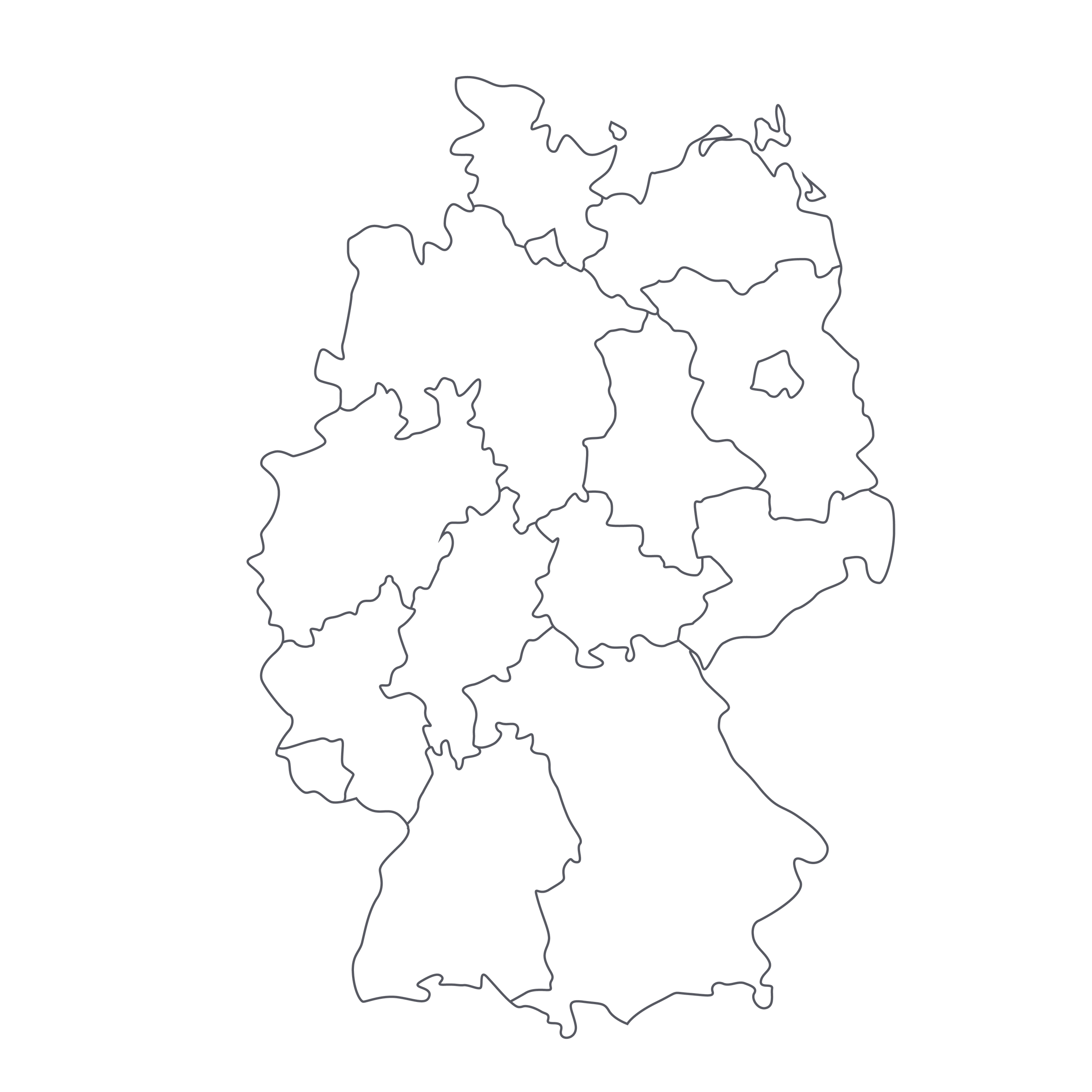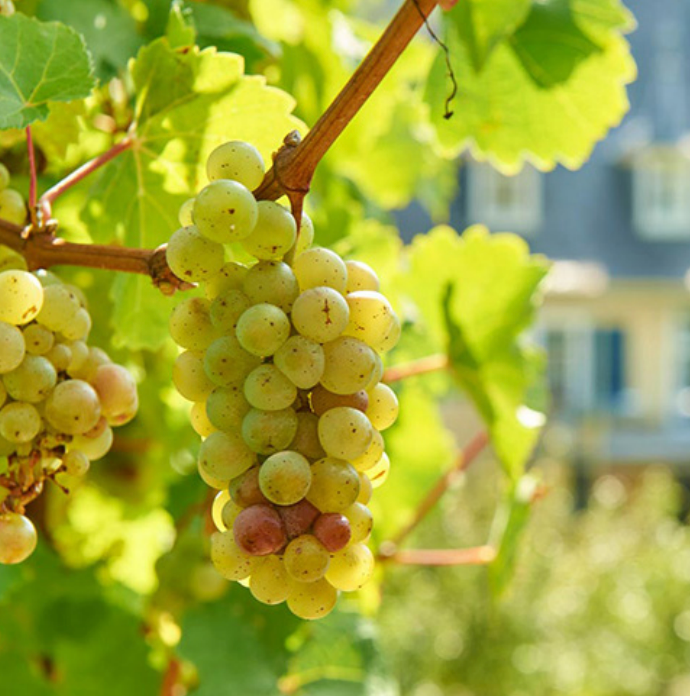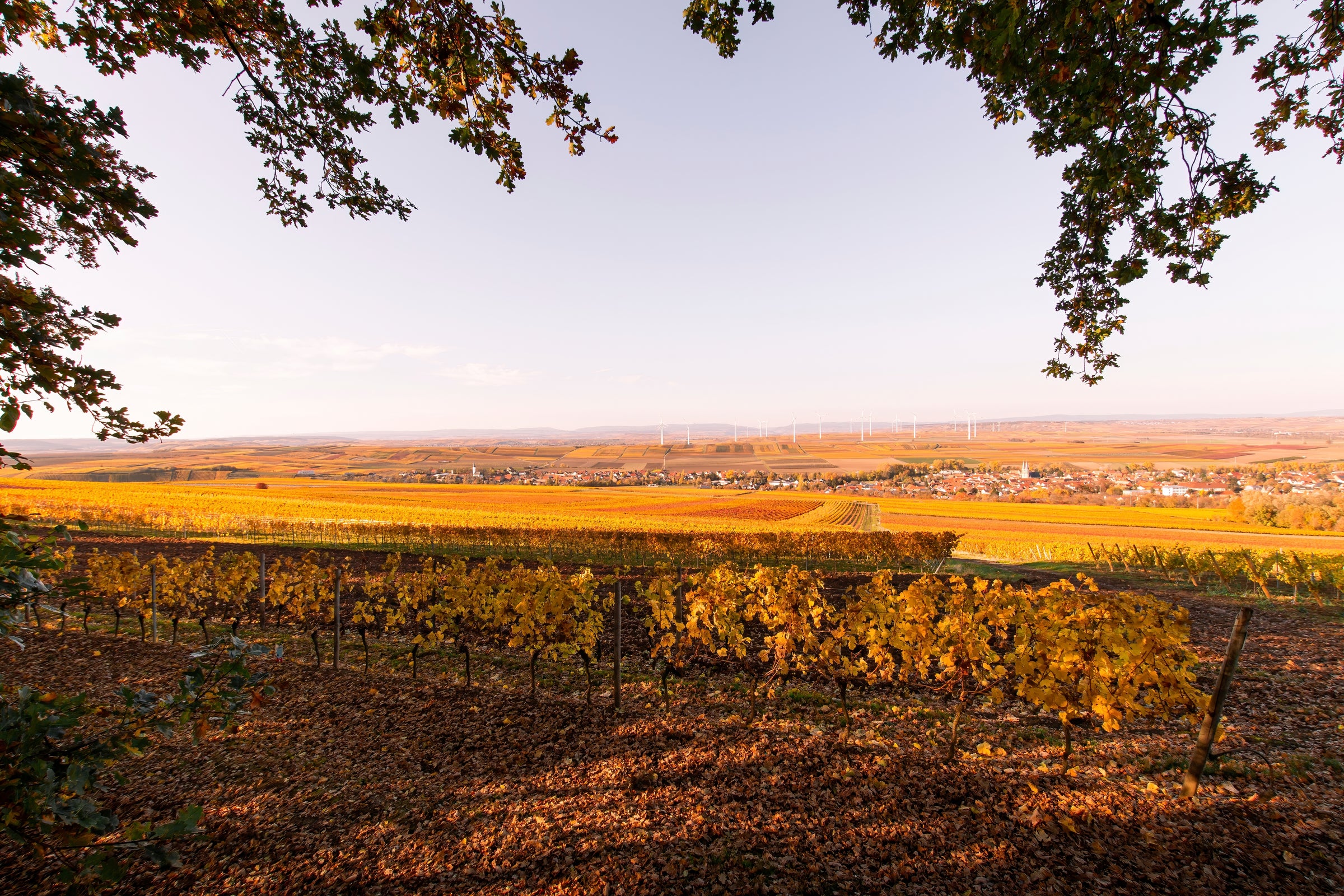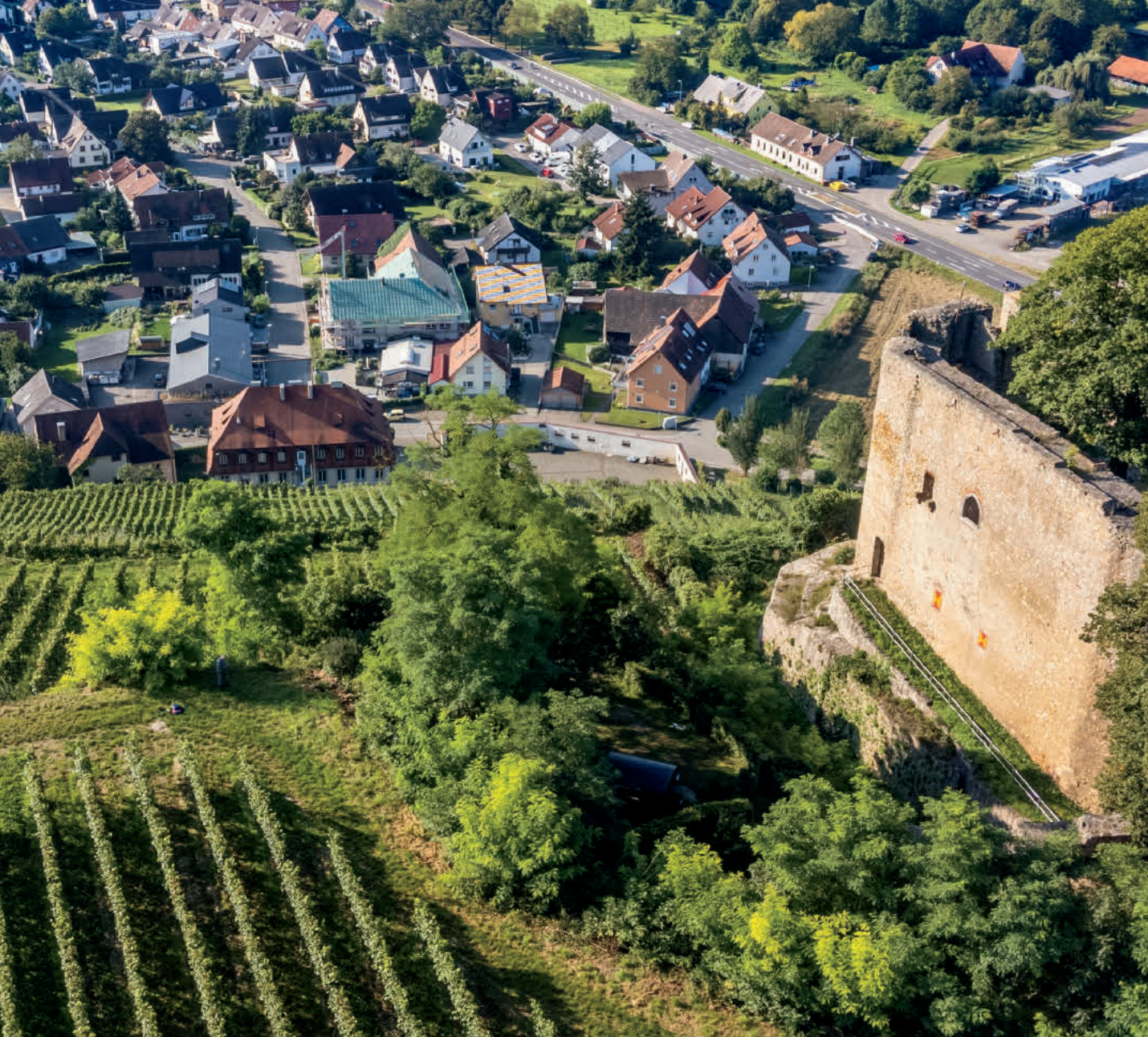Our website nearly crashed when we offered Von Nell-Breuning’s 1989 Riesling Auslese at the start of this year, and the subsequent flood of feedback confirmed what we already knew: The wine was a bona fide sensation! Now, it’s time to experience what a young, bone-dry Riesling from that same producer and vineyard tastes like—and all of us at SommSelect suspect another outpouring of praise to follow.
Three hundred and fifty years; 11 generations; an exceptional vineyard...the amount of intrigue in this modestly priced Riesling is staggering. Sourced from a steep hillside vineyard owned exclusively by the Von Nell-Breuning family, this dazzles with an explosive core of sun-drenched fruit and vivid minerality, causing your mouth to water long after the bottle has been depleted. Today’s limited allotment came directly from Von Nell-Breuning’s vaulted, carved-from-limestone cellars and, ironically, we have even less to offer than the ‘89! If time allows it, read on for a refresher, otherwise, load up your cart because this will vanish in an instant—only
one barrel was produced!
When Peter Christian Nell started farming vines back in 1670, he didn’t know that he was birthing a historic wine dynasty that would span hundreds of years and nearly a dozen generations (and counting). Over the centuries, this family has seen their fair share of celebrities, too: In the 1780s, Ludwig van Beethoven was a dear friend who taught them music and subsequently swooned for Eleonore von Breuning—his first love. And, as with most first loves, it went unrequited, prompting him to dedicate a number of compositions to her. The family’s famous encounters continued into the 19th century when Emperor Napoléon Bonaparte dined and drank their wines at the family’s guest house. It wasn’t until 1890, however, that a proper vineyard in the town of Kasel (archaically known as Casel), along with a cellar, was constructed by Oskar von Nell. From there, winemaking took off. Fast-forward a few generations and you come to Dr. Carmen von Nell-Breuning, who, as of 2013, has been proudly carrying and preserving the family’s incredible wine heritage.
The village of Kasel lies east of Trier, where the Ruwer River—stream, really—meets the larger Mosel. Within this hamlet, you’ll find the steep, slate-rich aleinbesitz (German for monopole, a vineyard solely owned by one estate) of “Dominikanerberg.” The Von Nell-Breunings are keen on farming sustainably and their old vines (‘alte reben’) here must be worked by hand, due to inclines that reach up to 50%. Teetering along the edge of Dominikanerberg and looking down made me wonder how people actually do the work!
This small batch of 2014 aged in a single 1000-liter oak fuder until the middle of 2015. After bottling, it then rested in the original family cellar until its arrival in California late last year. We also asked the family to apply their old-school, original labels and estate name (Dominikaner-Keller) to this batch. This traditional look reflects the history behind the estate when it was owned and cultivated by Dominican monks before secularization.
The 2014 “Kaseler Dominikanerberg” auslese trocken pours an enticing straw yellow and demands a decant, so start with 30 minutes and take your time depleting this savory bottle of dry Riesling. As oxygen coaxes out aromas, you’ll begin to notice an immense amount of dense fruit on the mid-palate that arrives in the form of citrus blossoms, candied lime peel, Meyer lemon, apple skin, peach flesh, guava, and green mango peel, all of which is electrified by zipping acidity, a touch of petrol, and bracing wet slate minerality. It’s medium-bodied and harmoniously dry, which accentuates the delicate fruits and mineral power that resonates on the savory finish. Their importer exclaimed that it has the grip of a firm handshake, and we think that’s a spot-on analogy! Consume in all-purpose stems around 50-55 degrees and stagger your bottles over the next decade—or two—if you have that kind of time on your hands! After recently opening a bottle at our warehouse, I took the remainder home and paired it with a spicy tuna poke bowl. Simple and savory!






